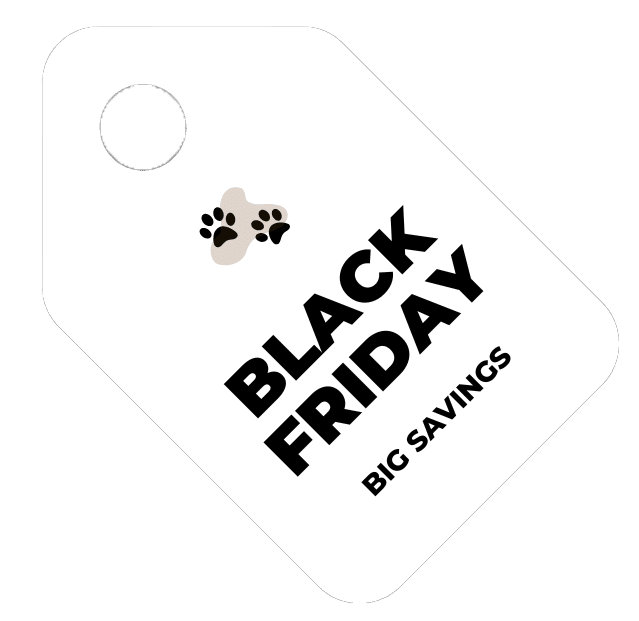You love your pet, learn how to give them the best care possible after surgery to ensure proper healing.
Providing the highest level of care you possibly can to your pet is important to you, at some point or another, surgery may be required to keep your pet in good health. As with humans, coping with the anxiety and pain following a surgery can be quite a significant stressor. Because of this, it is important to be aware of the best practices when it comes to caring for your pet after any type of surgery to prevent complications and also to provide comfort for your pet.
Follow Doctor’s Instructions
First and foremost, you must carefully follow any instructions given to you by your pet’s veterinarian or surgeon. They know what is best for your pet and their unique situation.
Limit Activity
Following a surgery, your pet should be restricted from playing and jumping for at least 7 days. Containing your pet from regular activity can be a difficult task. Follow these tips to make it easier for you and your pet:
- Keep your pet on a leash outdoors to go to the bathroom
- Avoid long walks with your pet during the healing period
- Do not allow your pet to jump on and off furniture
- When you’re away, have your pet crated
- If you have a small pet, carry them up and down stairs should it be necessary
- If it proves difficult to contain your pet in the house, leash them until they become calm
- Cats should be limited to a smaller area of the house to prevent excess jumping and mobility
Feeding
Following a surgery, it is typical for many pets to avoid eating right away, especially if their regular diet is dry kibble. In this case, try feeding your pet a cooked meal consisting of a 1:1 ratio of both cooked protein and a carb. The protein source can be any meat, but should be low fat. As far as the carb source, cooked pasta, white rice or potatoes are good options.
Should vomiting occur following their meal, feed a smaller portion at their next meal time until your pet is settled, then you can continue with regular-portioned feedings.
Spend Time With Them
Just as humans enjoy comfort, so do pets. Spend more time than you normally would with your pet and make an effort to stay home as much as possible. Being close to their human will allow your pet to feel safe and comforted and will also give you a much better opportunity to monitor them while healing.
Initially, your pet may have some difficulty maintaining body heat. To make them comfortable, supply them with a blanket to regulate their body temperature and keep them warm.
Recognizing Signs of Pain
Recognizing various signs of pain in your pet is important when gauging their level of comfort and the success of the healing process. Watch for the following signs of pain in your pet and contact your doctor if pain persists:
Dogs display more obvious symptoms of pain, including:
- Guarding, or protecting, the affected area
- Abnormal laying or sitting positions
- Restlessness upon relaxing or sleeping
- Trembling or shaking
- Whining, barking, growling or crying
- Agitation
Cats do not display signs of pain in as obvious a manner as dogs. The following are signs of pain:
- Lack of appetite
- Hiding
- Glazed, vacant stare
- Aggression or agitation
- Biting if you get near the surgery site
Inspecting the Incision
If your pet easily allows, be sure to check the surgery site daily to ensure proper healing. The incision should be free of excess redness, free of odor and there should be little swelling. Also, if the surgery site is warm to the touch or there is visible bruising, these are signs of improper healing and you should contact your pet’s veterinary provider.
To further prevent improper healing, do not allow your pet to lick the incision as this can cause infection and pain. If it proves difficult to get your pet to refrain, call to request a pet collar which can limit your pet’s ability to reach the wound.
At Home Relief
NEVER give your pet over-the-counter aspirin, Advil, Tylenol or other human medications designed for pain relief. Doing so can be deadly or cause serious harm to your pet. Only use pain medication prescribed to or approved by your pet’s doctor.
There are various natural pet supplements which can support your pet’s healing response and allow for a quicker recovery. Be sure to check with your doctor before beginning any of these medications. Wapiti Labs designs a supplement called Recuperate which is designed to speed average recovery time and support your pet’s natural healing process following trauma or surgery. It is a healthy, safe alternative to manage discomfort and reduce inflammation.
Bathing
Following a surgical procedure, you must wait 10 days before you bathe your pet. Doing so too early in the healing process can cause the incision to open which will undoubtedly delay the healing process.
Bathroom Breaks
Due to factors such as fasting prior to surgery, anxiety, decreased appetite and pain medication side effects, your pet may not experience regular bowel movements following their surgery. If, within a period of 72 hours or so, your pet is still experiencing problems going to the bathroom, it is advised to check in with their doctor.
When To Call Your Doctor
If your pet experiences any of the following symptoms, you should contact their doctor:
- Lethargy (particularly after 24 hours)
- Vomiting (particularly after 24 hours)
- Excessive redness around surgery site
- Green or yellow-ish discharge from the incision
- Weakness or depression-like symptoms
- Swelling or lumpiness around the surgery site
- Bleeding or discharge from the wound.
- Continuous licking
- Odor from surgery site
If your pet also received vaccinations, it is important to monitor the site of vaccination and check for the following signs:
- Swelling of face
- Hives
- Limping
- Drooling
- Itchiness
- Pain or swelling at vaccination site
You’ve know gathered the knowledge needed to become a superstar pet parent in the event your pet is in need of surgery. By simply following doctor instruction and the general care tips above, your pet will experience a less stressful and more manageable healing process that they’ll be thankful for.





